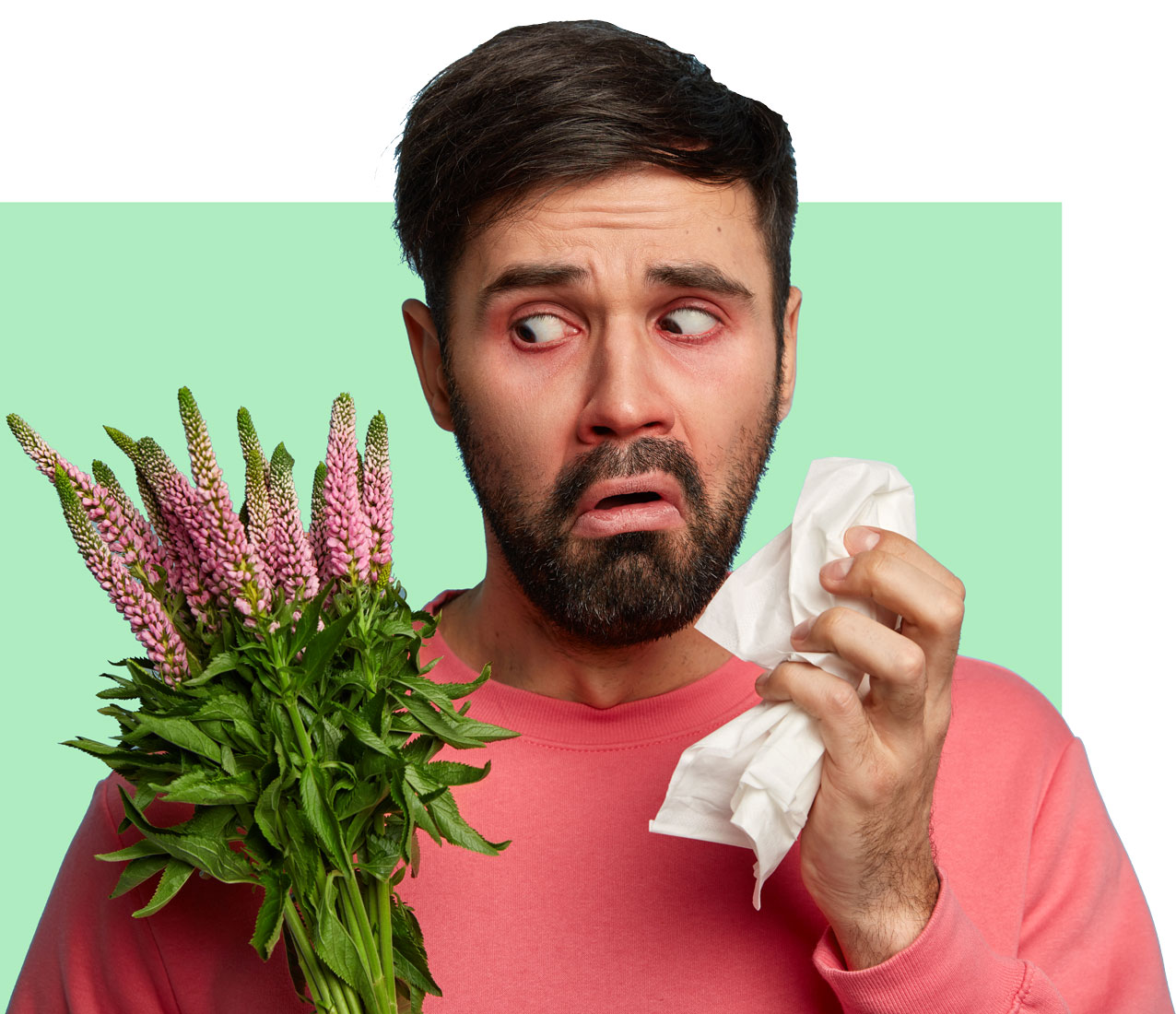Globally, allergic rhinitis affects 10-30% of adults and 40% of children. The frequency of this medical condition depends on genetic predisposition, age, geographic location, lifestyle, and exposure to allergens.
What is allergic rhinitis?
It is defined as a disease caused by the reaction of inflammatory cells called immunoglobulin E or IgE in the respiratory tract (nose, mouth, throat, even the lungs) when inhaling certain allergens such as pollen, animal hair, dust and even weather changes.
These allergens inflame the inside of the nose causing a runny nose, stuffy nose (or stuffy nose), itchy eyes or nose, and sneezing.
The frequency and duration of symptoms depend on several factors such as seasonal changes (spring, summer, fall, winter), geographic location, or constant exposure to allergens (at home, pets, or work).
How is Allergic Rhinitis treated?
Treatment depends on the findings during the history and physical examination. In the first instance, it is to avoid exposure to the causative factor or allergen (when possible).
Currently, a large number of medications are available to help control and mitigate symptoms, such as antihistamines, anti-inflammatories, and allergen therapy.
* This information does not take the place of your doctor's advice. Please consult your healthcare provider for information about a specific medical condition.
References
Allergy statistics: AAAAI. (n.d.). Retrieved March 15, 2021, from https://www.aaaai.org/about-aaaai/newsroom/allergy-statistics.





